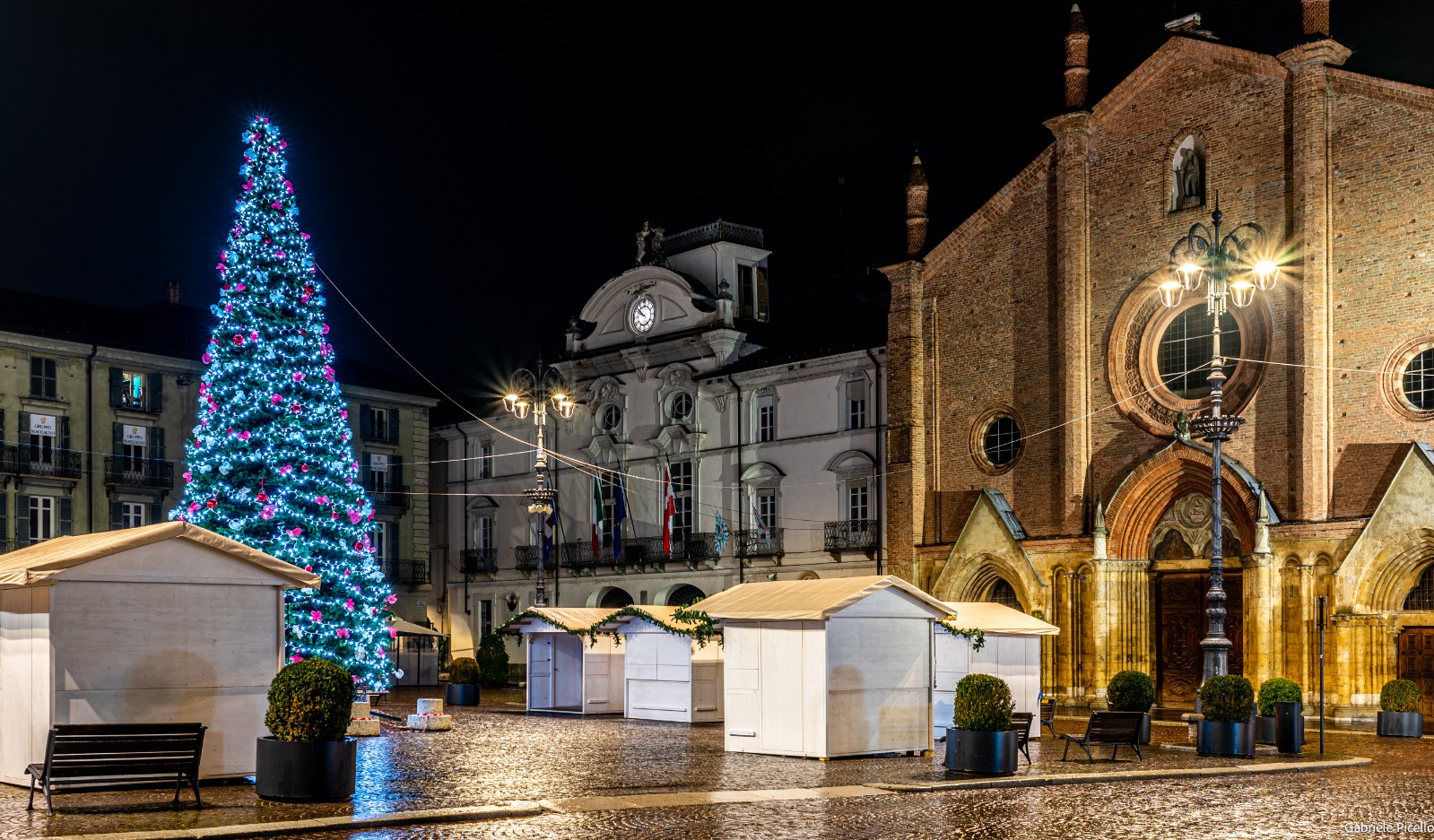Asti is located in the heart of the Piedmont region in northwestern Italy and is the capital of the Province of Asti. It is located in the hilly valley of the upper Tanaro River, a tributary of the Po River, 45 kilometers northwest of Turin, 110 kilometers northeast of Milan, and 115 kilometers south of Genoa. Within just about an hour, you can reach five major airports in northern Italy. In winter, you can get to the Olympic Mountains in about an hour to ski and enjoy other winter sports, and similarly, in the warmer months, with about an hour's journey, you can get to the seaside resorts along the Liguria Sea.
Asti has always been strategic in the country's development policy as it is at the center of the industrial triangle formed by Turin, Milan, and Genoa, a region that has always produced significant share of the national GDP. Historically, Asti’s industries have been predominantly linked to the automotive sector: no cars would come out of the Fiat factory in Turin (now Stellantis) if Asti's industry did not produce its brakes, lights, and shock absorbers. Although the industry has changed today, forcing the city to plan for a different future characterized more by specialization and unique patents, what has not been lost is its strategic centrality as a site for logistical development and as the capital of Langhe Monferrato Roero, the surrounding hills, which were recognized by UNESCO as a World Heritage Site six years ago for their precious landscape, the culture of care for it, and the production of unique wines among the most important and prestigious ones in the world. In this regard, in 2019, during Chinese President Xi Jinping's visit to Italy, in the meeting with former Prime Minister Conte, the landscapes of the Langhe Monferrato Roero vineyards were compared to the terraced fields of Honghe Hani in China, which is another World Heritage Site.
It is one of the largest wine-producing areas in Italy. Its wines are renowned for Asti Spumante (Asti Sparkling Wine) and Moscato d’Asti (Moscato of Asti). Every September, the city hosts the Golden Jug Wine Competition, one of the most important and authoritative wine competitions in Italy. To further underscore the centrality and importance of the region in the wine world, it’s worth noting that Asti is the birthplace of the Association of Wine Tasters and the National Association of Grappa Tasters. The national institute for oenology was founded in Asti, the first Italian sparkling wine was vinified here, and recently the first organic wine in Italy was produced in Asti. Additionally, the Martinotti method, which today is used to produce 95% of sparkling wines in the world, was born in Asti.
It has a rich cultural heritage, particularly known for its food and wine culture. Tourism is also a major pillar of the local economy. The main tourist attractions are medieval castles, churches, historic buildings, and rural landscapes typical of Northern Italy. Moreover, the province hosts numerous food and wine festivals every year, attracting many tourists and celebrating ancient farming traditions. Asti is also famous worldwide for its Palio (traditional Italian horse race), the oldest in Italy, with records dating back to 1275. The parade of 1,200 historical figures and the bareback horse race are held every year on the first Sunday of September in the city's central square.
Asti also boasts two university campuses: the University of Eastern Piedmont and the University of Asti Studies, both characterized by high-quality courses. The academy has not focused on study programs that usually attract large numbers of students but on courses that involve high specialization and make a difference in the training of students. The motor sciences course established at the University of Asti Studies five years ago is considered the best in Italy, and notable programs in nursing sciences and viticulture sciences here alsoattract students from all over the world.






